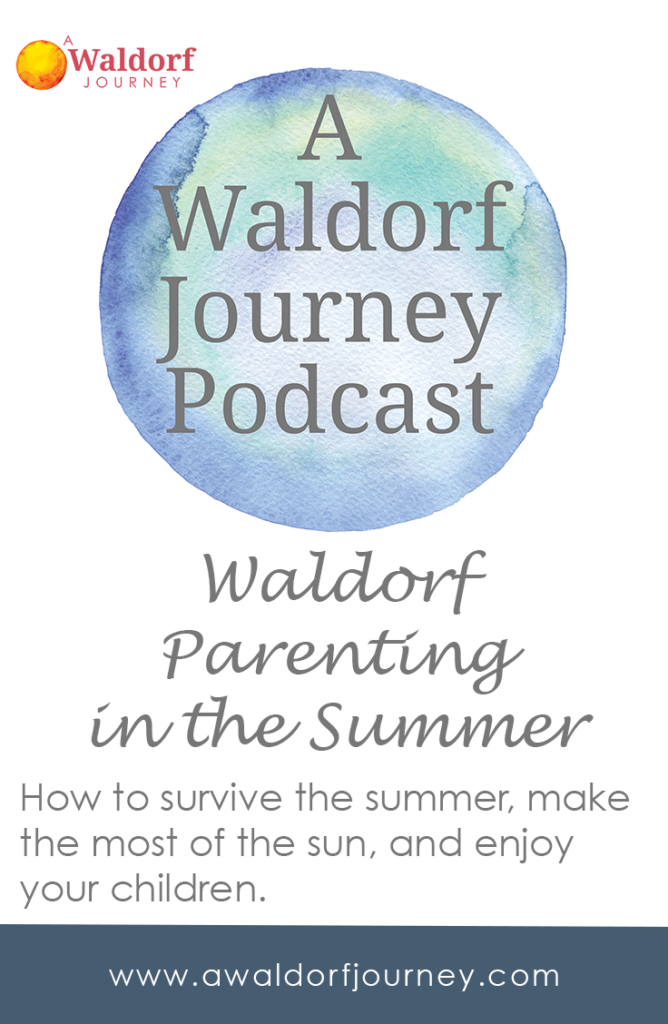The Waldorf life sciences curriculum is pretty amazing, which makes sense for a philosophy that puts so much value on the natural world. When I first started teaching, I was a little intimidated about doing the sciences right, in a way that aligned with Waldorf philosophy and that phenomenological approach that really values the natural world. That intimidation inspired me to really dive deep when it came to preparing the sciences, so it ended up being a good thing. It didn’t take long for me to realize, though, that as long as I was keeping the wonder alive, then I was doing it right and I didn’t really need to worry all that much.

This episode is being brought to you by my curriculum guides, which you can find at my website. I’ve got a variety of guides throughout the grades — including ones for the life sciences, which we’re talking about in this episode. Whether you’re teaching Botany, Rocks and Minerals, Physics or Astronomy, I’ve got a guide that can help you out. Homeschoolers and classroom teachers in a variety of settings have found my guides to be helpful, so I hope you’ll check them out.

And if you’re just wondering about how to go about setting up your main lesson structure, every guide includes my Main Lesson 101 material, which will break it all down for you. Just this information alone is really valuable, so you might consider purchasing a guide, just to help you get started with your planning. I really recommend either my Astronomy or my Rocks and Minerals guides — those subjects are just so fascinating and both of those guides give a really good picture of what it’s like to plan a Waldorf Main Lesson.
Sponsor the podcast with Patreon.
Zodiac Project Assignment Download
Fill out the form below and I'll send you my Zodiac Project Assignment for your students.
Resources
- Waldorf Research Institute Ebook
- Waldorf Answers
- My middle school curriculum guides
- Email me.
- A Waldorf Journey Resource Room Facebook Group





Leave a Reply